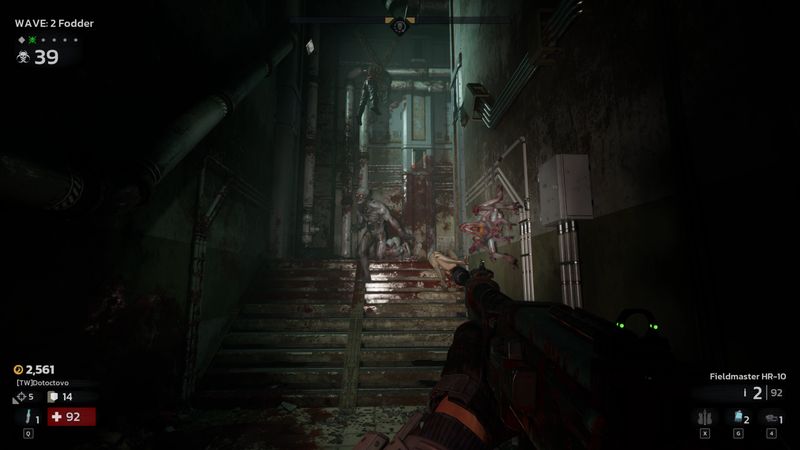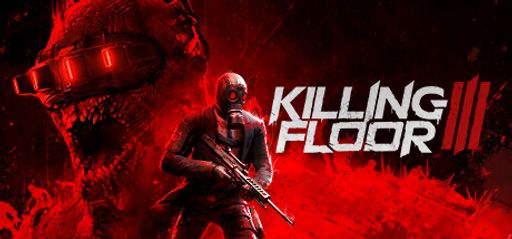Killing Floor 3 drops you into the year 2091, where Horzine’s bio-engineered “zeds” threaten to wipe out humanity. You step into the role of Nightfall’s rebels, fighting through waves of horrors in intense co-op battles. Tripwire Interactive pushes the limits on gore, atmosphere, and fast-paced firefights, creating a wave shooter built on chaos and teamwork.
Overall Impressions
What Stood Out
The gore is unmatched, with brutal dismemberments and more zed types than ever before. Zed Time—triggered by well-placed headshots—slows the action for a thrilling edge in battle. The atmospheric lighting and gritty Sewers map add tension to every fight, delivering moments that keep horror FPS fans hooked.
Where It Fell Flat
The flashy 3D menu room looks nice but adds little real value. Animations often feel stiff, and weapon hits lack punch. While Killing Floor 3 draws heavily from earlier games, it struggles to capture the unique charm that made Killing Floor 1 and 2 fan favorites.
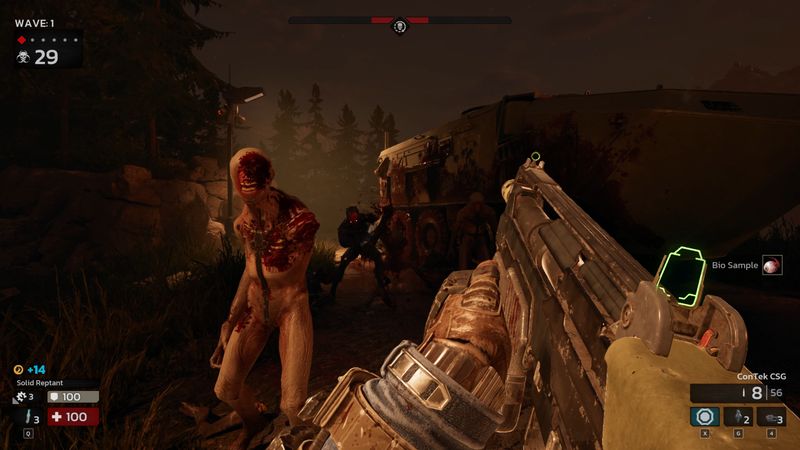
Gameplay Mechanics
Highlights
Recent updates improve zed AI, pathfinding, and reaction animations, making fights feel more alive. The movement system—sprinting, sliding, and climbing—flows smoothly and feels responsive. Weapon mods and crafting now skip complex blueprints, letting players upgrade on the go. Zed Time rewards sharp shooting, adding a satisfying rhythm to combat.
Shortfalls
Gunplay feels light, with weak hit impact and unreliable melee detection. Clunky animations make reloads and aiming less fluid. Limited welder charges remove a key tactical tool, and locked perk trees restrict player choice. Tripwire says a future update will restore full perk flexibility.

Story and Characters
This isn’t a story-heavy shooter. Plot points appear in short logs and flat voiceovers, with KF2’s lively banter missing. Familiar faces like Mr. Foster return but lack depth. The cast needs more personality to keep players invested in future updates.
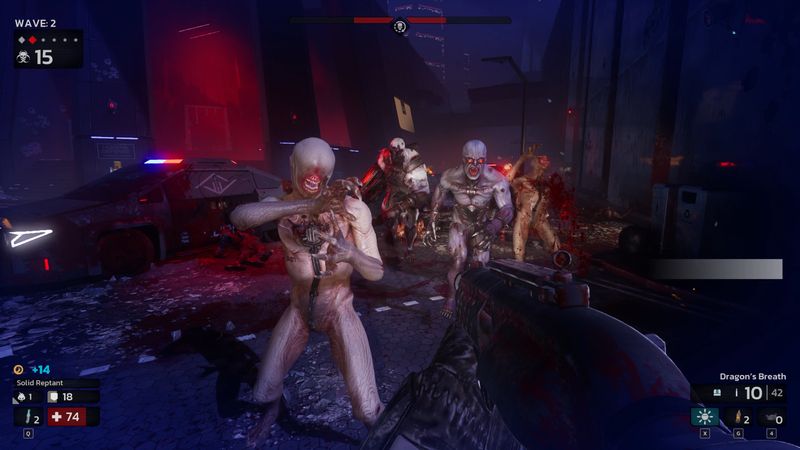
Visuals and Graphics
Using updated Unreal tech, the game delivers sharp environments, from neon-lit rigs to damp sewer tunnels. Lighting creates suspense as shadows move and flashlights flicker. Enemy designs look great, but occasional animation glitches break immersion. Overall, the visuals match the series’ grim tone.
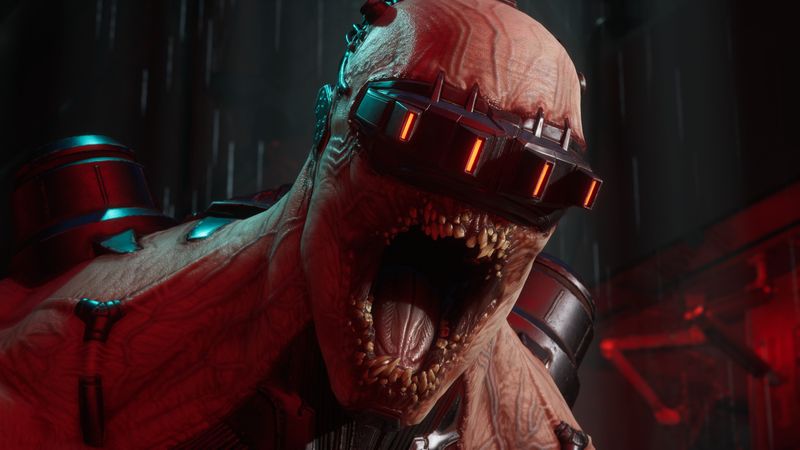
Sound and Music
Audio is decent but underwhelming. KF2’s heart-pumping synth-metal is replaced with a score that often fades into the background. Voice lines lack energy, and boss fights miss the dramatic music they deserve. A stronger soundtrack could bring back the series’ trademark intensity.

Difficulty and Replayability
Wave-based gameplay still shines, with zeds scaling intelligently and boss fights demanding teamwork. However, the Stronghold hub and matchmaking UI lack depth—no server lists, mini-games, or NPCs. Battle pass cosmetics and promised perk flexibility may boost replay value, but current technical hiccups limit long-term appeal.
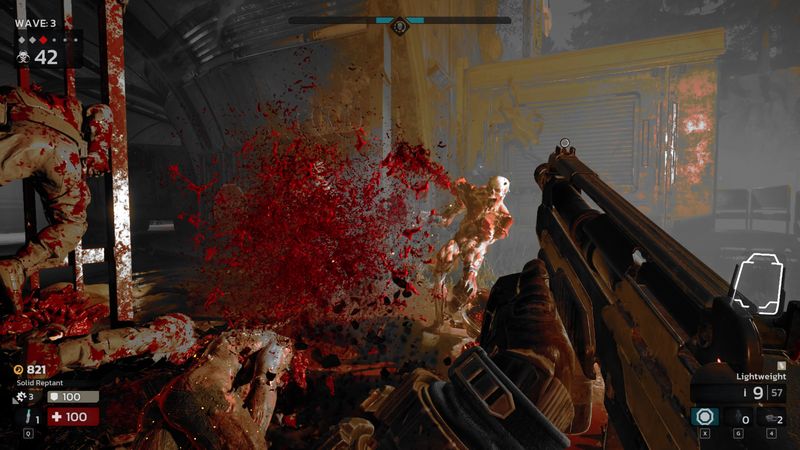
Trivia & Behind-the-Scenes
Tripwire Interactive self-published the sequel on July 24, 2025, marking the franchise’s 15th anniversary. Early beta tests revealed weapon recoil adjustments influenced by community speedruns, while an upcoming hotfix will reintroduce full perk flexibility, allowing any specialist to equip any build based on player feedback. The game’s interactive menu room, initially envisioned as a rich lore hub, has been acknowledged by developers as falling short of expectations.

Final Thoughts
Killing Floor 3 delivers gore and chaos in spades but needs polish to reclaim its genre crown. With improved gun feel, animation fixes, richer audio, and perk freedom, it could stand as a top-tier co-op horror FPS. For now, it’s a fun but flawed ride.
Rating: 3 out of 5 stars
